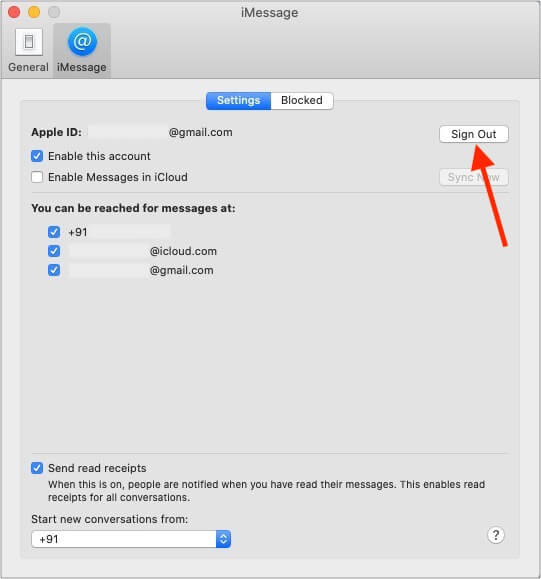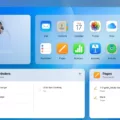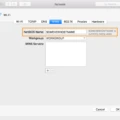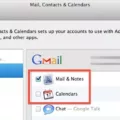If you’re a Mac user, you know that the Messages app is one of the most popular and important applications on your device. It allows you to keep in touch with friends, family, and colleagues by sending and receiving messages. But have you ever wanted to sign out of Messages on your Mac?
Signing out of Messages is an easy process that can be completed in just a few steps. First, open the Settings app on your Mac. Next, select Messages and then tap Send & Receive. Finally, tap Apple ID (your email) and then select Sign Out. You’ll be asked to confirm that you want to sign out befoe the process is complete.
Once you’ve signed out of Messages, you won’t be able to receive messages anymore. However, if you want to sign back in, it’s easy to do so from within the Messages app itself. To do so: Choose Messages > Preferences; click Accounts; select your iMessage account; click Sign Out; and then sign in aain with the same Apple ID you used on the Apple ID account page.
For FaceTime users: Signing out of FaceTime is also easy; simply choose FaceTime > Preferences and then follow the instructions provided.
By signing out of Messages or FaceTime when needed, you can ensure that your account remains secure and private at all times. So if you think it’s time for a change or just want to make sure your account is safe – signing out is always a good idea!

Troubleshooting Signing Out of iMessage on Mac
It is possible that you are unable to sign out of iMessage on Mac because your Apple ID is not correctly linked to your Mac. To fix this, first check the Apple ID account page to make sure it is linked with the same Apple ID you are using for iMessage. If not, then update the Apple ID on the account page and try signing out of iMessage again. You can do this by ging to Messages > Preferences, clicking Accounts, selecting your iMessage account, and clicking Sign Out. Then sign in again with the same Apple ID you used on the Apple ID account page. If this doesn’t work, then try signing out of FaceTime by going to FaceTime > Preferences and signing out from there.
Signing Out of iMessage
If you want to sign out of iMessage on your iPhone or iPad, the process is simple. First, open the Settings app and tap Messages. Then, tap Send & Receive, and select your Apple ID (your email address). Finally, tap Sign Out at the bottom of the screen. After that, you’ll be logged out of iMessage on your device.
Unlinking iPhone Messages from Mac
To unlink your iPhone Messages from your Mac, open the Messages app on your Mac. Then, select Messages > Preferences, click iMessage, and select Settings. Click Sign Out to sign out of iMessage. This will unlink your iPhone Messages from your Mac and you will no longer receive messages.
Changing an iMessage Account on Mac
To change your iMessage account on Mac, open the Messages app and go to Messages -> Preferences. In the Accounts tab, click the plus sign (+) at the bottom left of the window and select Add another account. From there you can select an existing iMessage account or enter your Apple ID credentials to create a new one. Once you have selected an account, click Done and then Apply to save your changes. You can also change your iMessage account in System Preferences -> iCloud by selecting a different Apple ID from the list.
Disabling Messages on a MacBook Air
To disable Messages on your MacBook Air, you will need to open the Messages app. Once the app is open, select the iMessage pane from the menu bar. Then, uder your Apple ID, uncheck the “Enable Messages in iCloud” option. This will disable Messages on your MacBook Air and prevent any messages from being sent or received from that device. You can also adjust other settings such as disabling read receipts and blocking contacts if you wish.
Deleting Messages After Signing Out of Apple ID
No, signing out of your Apple ID will not delete your Messages. Your Messages will sill be stored on Apple’s servers, and you can access them when you sign back in. However, signing out of your Apple ID will revoke your access to any messages stored in iCloud, as well as any messages sent or received through iMessage.
Conclusion
In conclusion, signing out of iMessage on Mac can be a useful tool if you want to stop receiving messages. It is important to remember that you will need to sign in again with the same Apple ID you used on the Apple ID account page. After doing this, all of your messages will be removed from your Mac and you will no longer receive messages.








